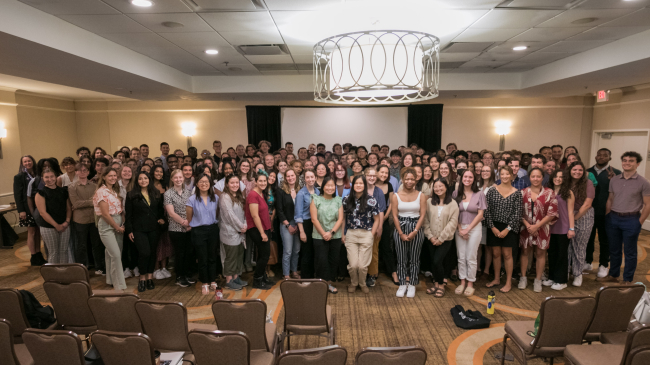As we celebrate 50 years of Earth Day, NOAA Education programs reflect on the impacts that educators and students have made on the planet. By exploring the past, present, and future, we see how people everywhere can make a difference for the environment, improve their communities, and adapt to a changing world.
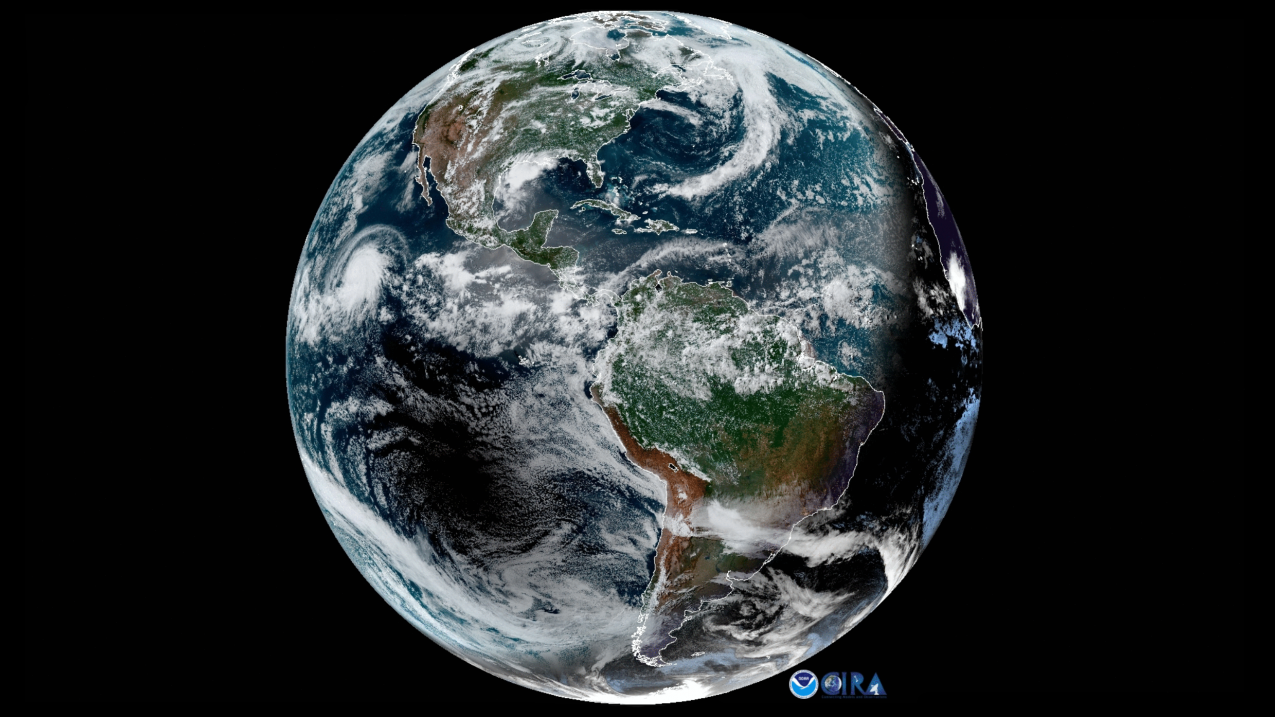
This image from NOAA's GOES East satellite on July 2, 2019 captures a variety of phenomena. Hurricane Barbara is visible in the northern Pacific Ocean while a total solar eclipse is visible in the southern Pacific Ocean. The shadow separating day and night is heavily slanted as the summer solstice occurred less than two weeks prior. (Image credit: NOAA National Environmental Satellite, Data, and Information Service (NESDIS))
Get inspired from the past
We have a tradition here in NOAA Education of taking time on Earth Day to recognize education programs that made a measurable difference for the environment. These programs have created lifelong environmental stewards, inspiring tens of thousands of humans to care about our Earth — and some of them have been at it for decades!
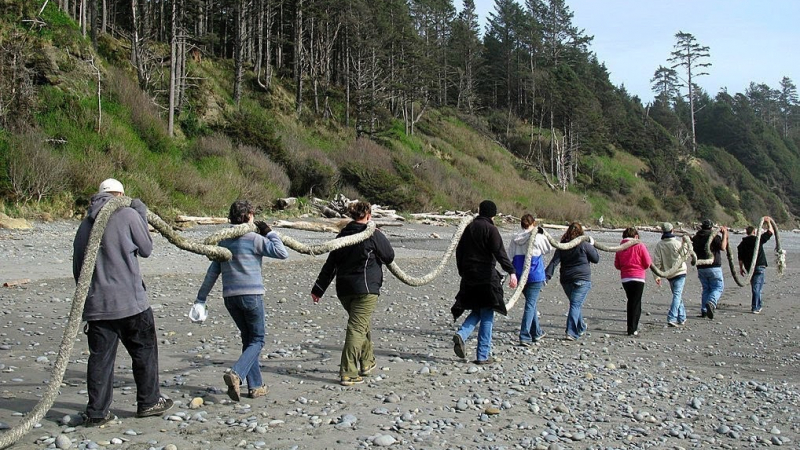
The Washington Clean Coast Alliance, now known as Washington CoastSavers offsite link, has organized the Washington Coast Cleanup (WCC) in celebration of Earth Day. Volunteers and organized groups registered to clean up one of the many beach locations along the Olympic Peninsula. Rain or shine, these hardy volunteers have removed hundreds of bags of garbage, boat parts, floats, rope, and plastic off our shorelines. Olympic Coast National Marine Sanctuary is a founding member of Washington CoastSavers and contributes significantly to the organization’s long-range planning, funding, and event coordination. Since 2000, over 16,000 volunteers have removed more than 469 tons of debris from Washington’s local beaches.
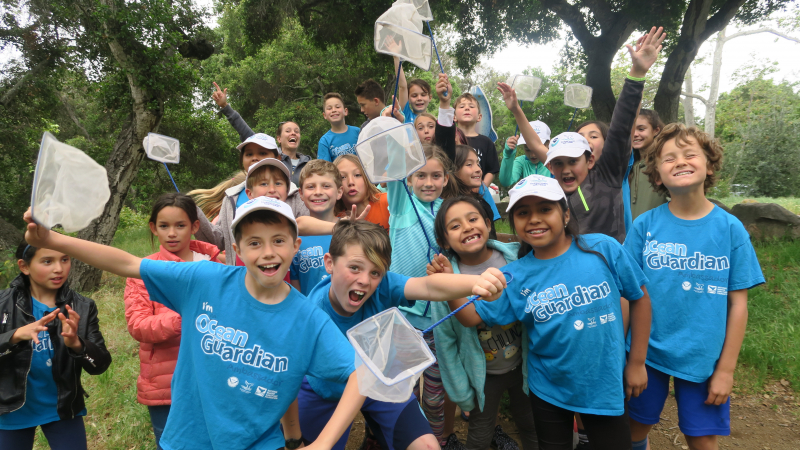
NOAA’s Ocean Guardian School program looks to students as the next generation of advocates who protect the ocean by taking action in their communities. The Ocean Guardian School program, a partnership of NOAA’s Office of National Marine Sanctuaries and the National Marine Sanctuary Foundation offsite link, provides grants for hands-on watershed stewardship projects to K-12 schools across the nation. Projects focus on the “six Rs” (rethink, refuse, reduce, reuse, recycle, rot); marine debris; restoration; schoolyard habitat/garden; and energy and ocean health. From 2018-2019, 10,060 students and 361 teachers from 53 schools made a big difference for the environment! Within the year, 149,651 kg of trash was collected; 726,544 plastic bottles were kept out of landfills; 51,656 square meters of non-native invasive plants were removed; 1,600 compost and recycle bins were installed; and 36,730 reusable bags and bottles were distributed to replace single-use plastic items.
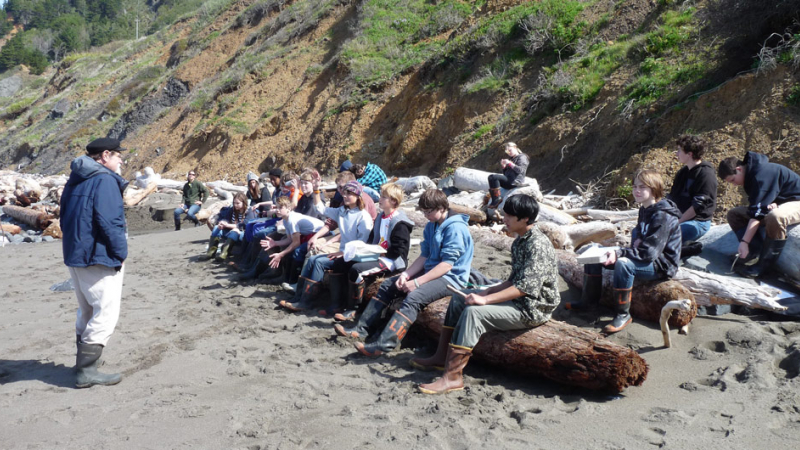
Beach cleanups are great ways to help the environment, and it’s even better if we collect information about where, when, and what kind of marine debris shows up. NOAA’s Marine Debris Monitoring Toolkit for Educators is a classroom-ready version of the Marine Debris Monitoring and Assessment Project (MDMAP), a robust citizen science monitoring initiative. Using the toolkit, students conduct marine debris surveys. Students can enter their data into a national database, analyze monitoring results, and become involved in marine debris stewardship within their communities. Since the toolkit was released at the end of 2017, it has been downloaded 1,271 times and has been featured in NOAA’s award-winning Ocean Today video series. Data entered into the MDMAP database can be used by professional scientists to look at larger trends in marine debris around our shores.
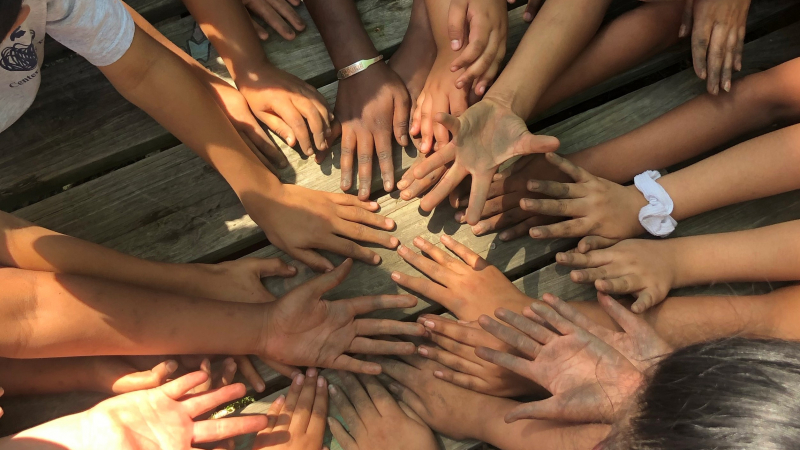
Young students became stewardship project leaders when the Alice Ferguson Foundation partnered with District of Columbia Public Schools and Charter Schools with funding from the Chesapeake Bay Watershed Education and Training (B-WET) program. This partnership allowed students to complete a variety of stewardship projects that were meaningful to them, primarily on their own school campuses. Alice Ferguson Foundation supported more than 49 student-directed projects involving 1,105 individuals. From 2015-2019, students led 12 community cleanups, planted or improved 14 gardens that support either pollinators or storm water management, and engaged in numerous other creative projects like advocating for better stormwater management practices on their campus or creating a waste weighing station in their cafeteria. One teacher noted, “The process allowed my students to see that when there is a problem, whether environmental or otherwise, that they can follow the appropriate steps to make the change happen.”
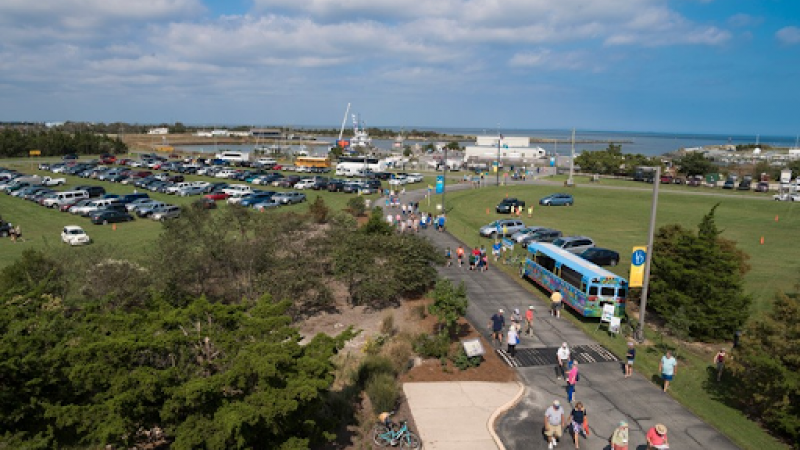
For over 40 years, Delaware Sea Grant offsite link has helped organize University of Delaware’s Coast Day offsite link held on the Hugh R. Sharp Campus in Lewes, Delaware, in October. Coast Day showcases how University of Delaware and Delaware Sea Grant scientists, staff, and students are improving our understanding of ocean environments and serving coastal communities. Coast Day attendees interact with researchers, tour ships, try hands-on activities, and attend presentations on a range of topics. Each year, approximately 8,000-10,000 people attend this event. On surveys conducted during the event, many attendees have indicated that they have a greater interest in environmental issues and adopt various stewardship behaviors because they participated in the event.
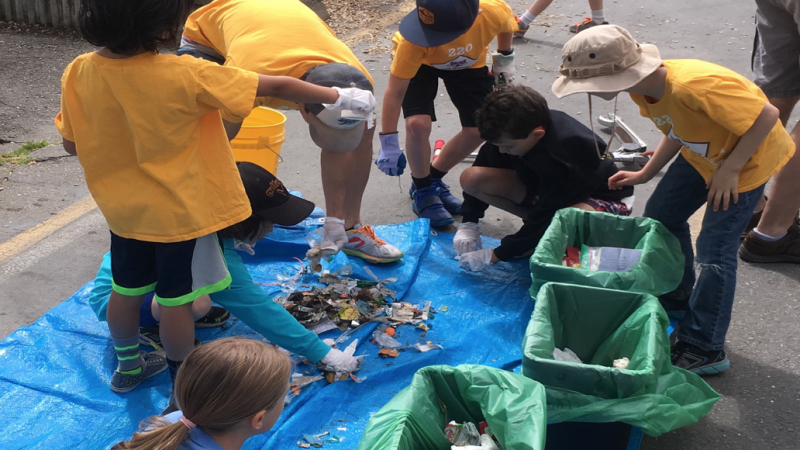
Students for Zero Waste Week is a locally driven, school-based campaign that focuses on student involvement in reducing the amount of waste on school campuses. Since 2012, about 85-100 schools have worked with their students each year to invite their local communities to "Go Green and Think Blue" by joining them in the annual campaign. During this campaign, students focus on reducing land-based waste in order to protect the health of local marine environments. These students have shown that they can reduce the use of specific items offsite link by 50-97 percent. Young leaders also raise awareness about how single-use plastic and other types of litter affect the health of local watersheds, national marine sanctuaries, and the ocean.
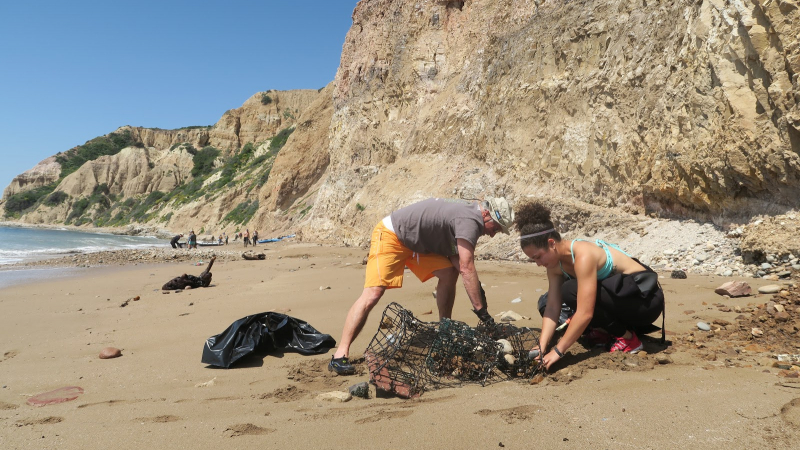
National marine sanctuaries are living laboratories where volunteers can get involved to ensure that these underwater parks are protected now and for future generations. Volunteers get the opportunity to learn directly from world-renowned scientists, gain experience communicating the importance of the natural world to visitors, and join a community of people who are interested in science. National marine sanctuary volunteers participate in a wide variety of activities including diving, whale identification, beach cleanups, water quality and wildlife monitoring, collecting field observations and surveys, acting as visitor center docents, and citizen science efforts. Since 2006, over 72,000 people have contributed 1.6 million hours of volunteer service on behalf of the National Marine Sanctuary System. That is equivalent to 819 full-time positions of staff support over the last 14 years.
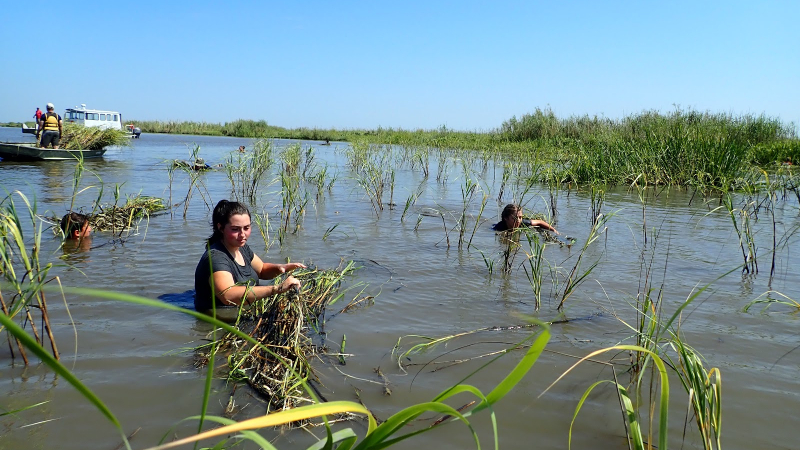
Coastal Louisiana experiences significant land loss, which will continue to affect citizens and their communities. Since 1989, Louisiana Sea Grant offsite link, in partnership with the Louisiana State University AgCenter offsite link, has conducted Marsh Maneuvers offsite link, a program aimed to teach youth about the changes to Louisiana’s coast and how these changes will impact their lives. Annually, between 60 and 64 students from 24 parishes across Louisiana participate. Students experience the coast first hand, learning about land loss and biology while participating in wetland plantings and other activities. Long term, participants have retained the knowledge gained and have positive attitudes and behaviors towards the environment five, 10, and even 25 years after attending.
Adjust to the present
With the nation and the world responding to COVID-19, in-person events are on hold in spring 2020. As a result, Earth Day looks a little different this year. But here at NOAA, we’re committed to making sure that people keep learning, keep teaching, and keep inspiring others about the wonders of the Earth. Take a look at what NOAA programs and offices are doing during these changing times.
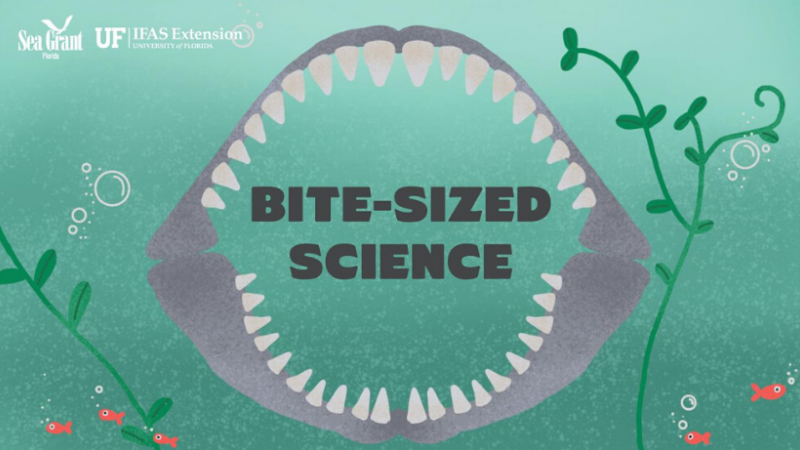
Florida Sea Grant is offering a new “Bite-sized Science offsite link" webinar series, which kicks off the week of Earth Day. Sea Grant Extension Agents around the state are offering daily webinars Monday through Friday at 4 pm EDT from April 20 through May 28. These short (30-minute) presentations cover a range of science-based topics.
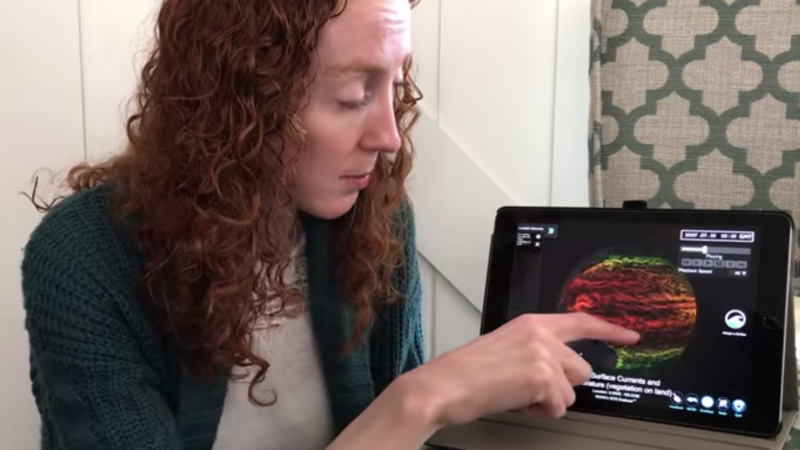
A pocket-sized version of NOAA’s Science On a Sphere®, the SOS Explorer™ (SOSx) mobile app animates the world right on your smartphone. This free application invites you to zoom in on specific interests, from the squiggly warm and cold lines visualizing the world's ocean currents to the power of tsunami waves, the effects of climate change, and a view of Saturn’s rings. With the switch to distance learning, the NOAA Global Systems Laboratory education team has been demonstrating how easy it is to use SOSx to do mini-lessons on environmental issues on the Science On a Sphere Facebook page.
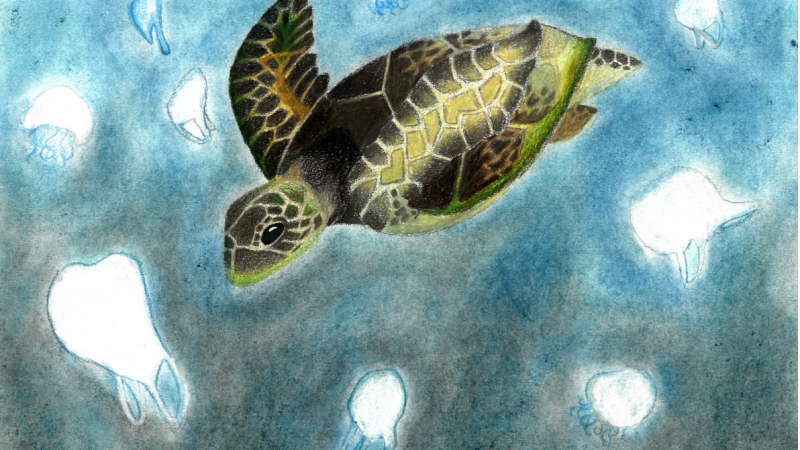
Normally, the Marine Debris Program encourages coastal cleanups during Earth Day. But you don’t need to leave your home to learn more about how to help. The NOAA Marine Debris Program has free activities, videos, and more available online. On the Marine Debris Program website, there are resources and activities for all ages, where you can view activity books and browse lesson plans. There is even a newly revamped discover the issue section where you can learn more about the topic of marine debris. Finally, check out the winners of this year’s Marine Debris Art Contest. K-8 students can start planning their submissions for the next contest, which will open this fall.
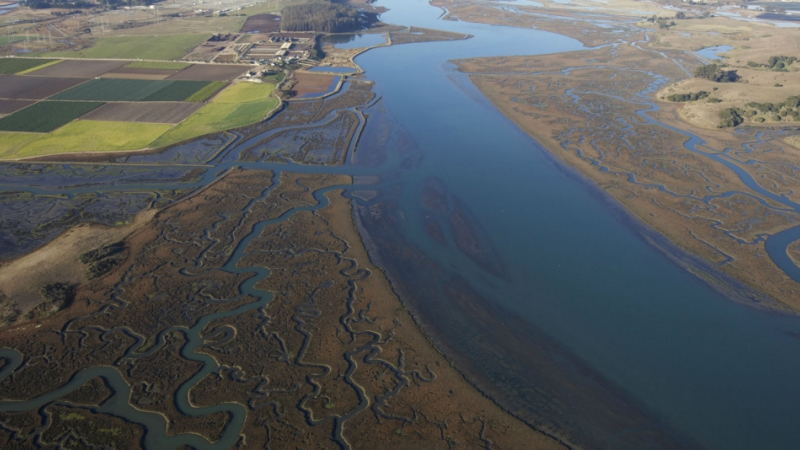
Although the Elkhorn Slough National Estuarine Research Reserve offsite link is closed, reserve staff will host virtual programs in celebration of the 50th anniversary of Earth Day. These are in addition to the virtual field trips, educational videos, and at-home learning activities offsite link already available to teachers, parents, and the public. Each day during Earth Week, April 20 - 25, the reserve will post how-tos for ways people can make a difference. Follow along on the reserve’s Facebook page to find out how you can become an estuary steward from home, “upcycle” your non-recyclable items, and more.
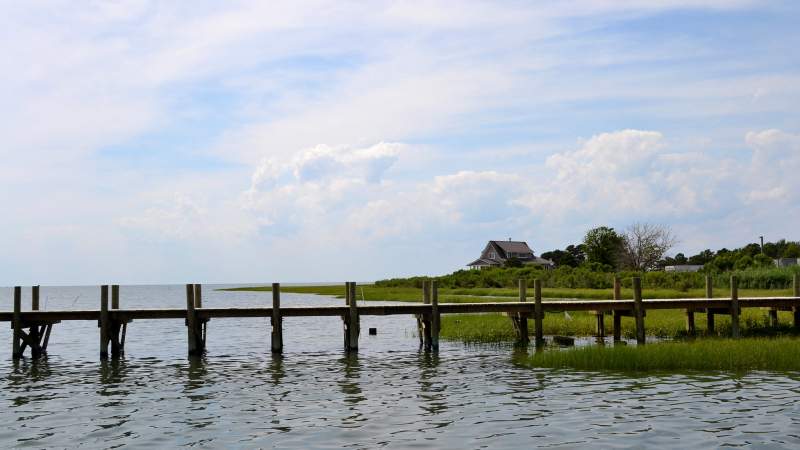
The Chesapeake Bay National Estuarine Research Reserve offsite link (CBNERR) in Virginia is partnering with the Virginia Institute of Marine Science (VIMS) to offer content daily on social media and online offsite link. The weekly lineup includes Monday teacher resources, Tuesday resources and news, Wednesday virtual tours, Thursday storytime and activities, and Friday “fast talks.” The Discovery Lab program is now available online so people can listen in and conduct hands-on activities from the comfort of their home. CBNERR and the VIMS Marine Advisory Program are also offering the yearly Lesson Plan Expo offsite link for the Virginia Scientists and Educators Alliance program via an online platform. Teachers can virtually meet graduate students from VIMS that have created lesson plans related to their research topics, ask questions, and see a demo of the lesson in action.
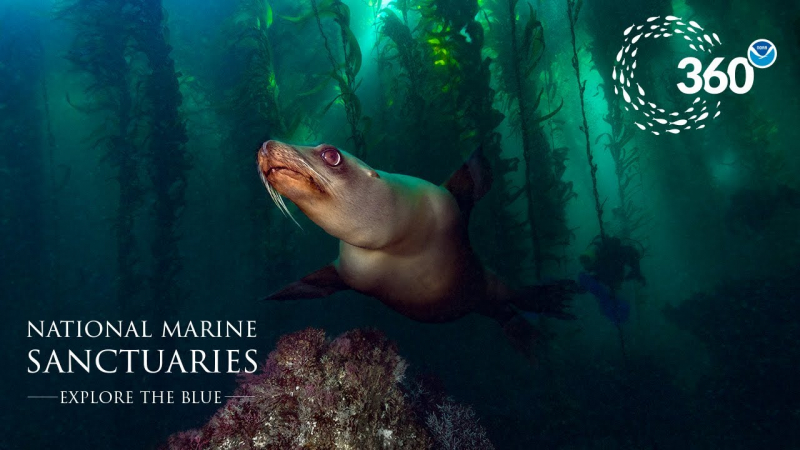
Virtual reality video is the closest you can get to scuba diving without getting wet. In addition to offering free, high quality educational materials related to the ocean and Great Lakes, the NOAA Office of National Marine Sanctuaries is also showcasing a unique experience that will have you mesmerized. While you’re sheltering in place at home, you can explore the ocean by taking an underwater virtual dive! This exclusive video takes viewers to an underwater arch off Santa Barbara Island in Channel Islands National Marine Sanctuary off the coast of California. A curious sea lion darts in and out of the kelp forest, and there are vibrant orange garibaldi fish and gorgonian sea fans to observe.
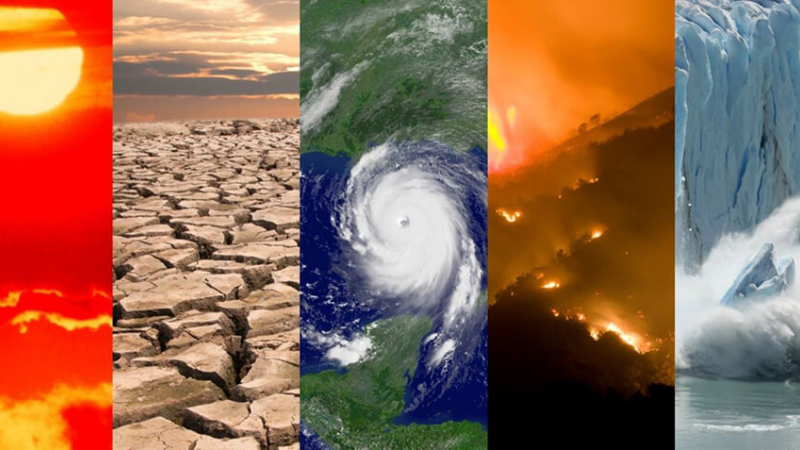
The NOAA Office of National Marine Sanctuaries offers live events for educators through the National Marine Sanctuaries Webinar Series. However, additional events have been added that would be of interest not only to educators, but also to students and even families. Distance learning offerings include regular live events in partnership with Exploring By the Seat of Your Pants offsite link, managed by National Geographic Fellow, Joe Grawbowski. There is a robust archive of previous webinars that are available on topics ranging from Bringing the Ocean to You to Plastics in the Ocean and the Deep Ocean.
Plan for the future
We’re celebrating 50 years of Earth Day in 2020 — and looking forward to celebrating 50 more! NOAA’s conservation and stewardship efforts wouldn’t be possible without the help and dedication of our education programs. So, we asked our educators, “What are you looking forward to for your programs in the future?”
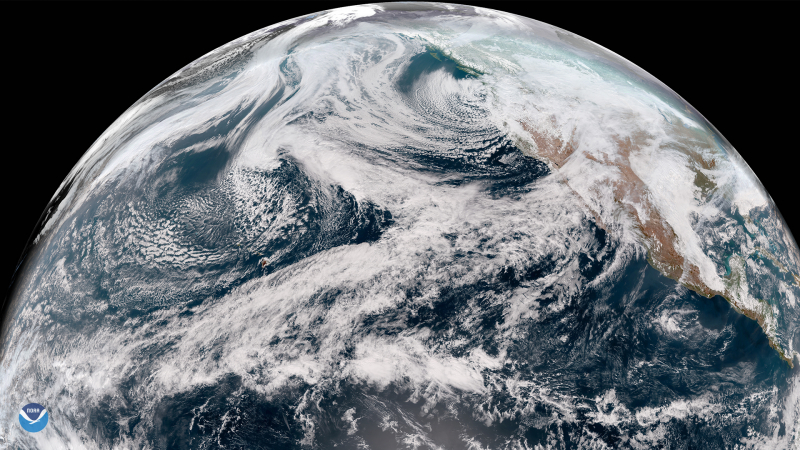
Thoughts from Louisa Koch, Director of NOAA Education:
"We are so impressed with the resilience and creativity that teachers, educators, students, and parents are showing as we explore new ways of learning in this rapidly changing world. We hope that this experience helps us all find better ways to explore and protect our planet while we stay safe and avoid gathering together in large groups. For the next 50 years of Earth Day, I hope we will grow and learn as we adapt to new situations, employ new technology where it helps us, and unite to address challenges. We are stronger together."
Thoughts from Claire Fackler, National Education Liaison, NOAA Office of National Marine Sanctuaries:
“It is important to note that there is only one large, interconnected global ocean, and you are connected to it no matter where you live. The overall health of the ocean is vital to our quality of life and, ultimately, our survival. Therefore we must all do our part to ensure we protect and conserve the world's ocean. My hope is that the work many of us do will inspire conservation and stewardship to ensure an ocean-literate public making informed environmental decisions exists well into the future.”
Thoughts from Jennifer Simms, Communication and Education Specialist, Marine Debris Program:
“Marine debris is created by humans, and this means that humans are also the solution. The NOAA Marine Debris Program collaborates with partners and organizations across the nation as they work to research, prevent, and remove marine debris from the ocean and Great Lakes. Marine debris is a problem that we can address through collective action. Although we cannot get outside these days, the Marine Debris Program looks forward to continuing to connect virtually and creating new resources that help people understand the role they can play to turn the tide on marine debris.”
Thoughts from Kelly Drinnen, Education and Outreach Specialist, Flower Garden Banks National Marine Sanctuary:
“While the traditional focus of Earth Day is on conservation of wildlife and wild places, moving forward, I think this is a great opportunity to showcase how we gather a lot of our information about the ocean using remote sensing. For example, we gather chlorophyll and temperature readings using satellites, learn about sea floor topography and geology using side-scan sonar, estimate fish populations using fish finders and sonar, document first glances of unseen places using ROVs (remotely operated vehicles), and much more. Technology is what makes a lot of our conservation efforts possible. After all, how can we conserve the planet if we don’t understand it?”



